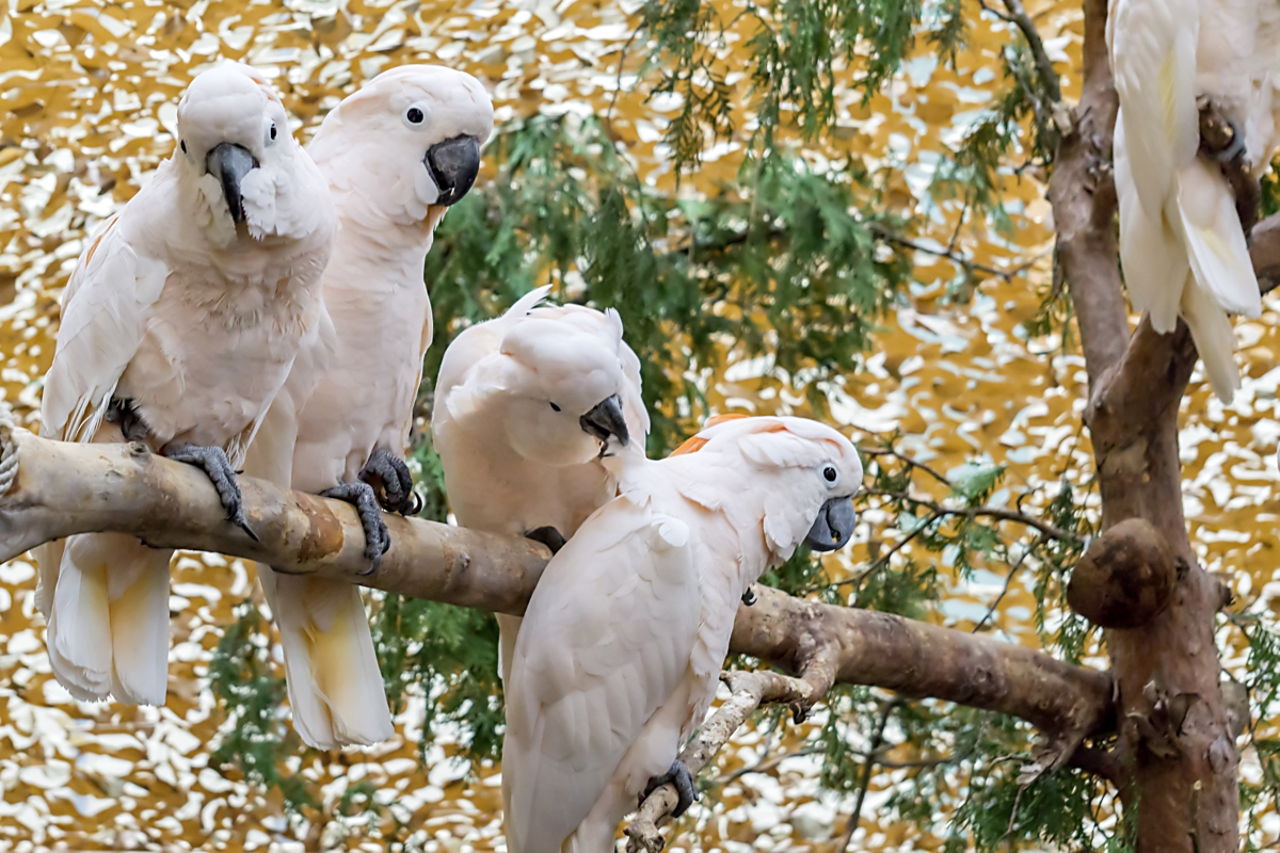
Citing Lear, William Swainson gave it the name ''Plyctolophus erythropterus''.


Edward Lear painted it in his 1832 work ''Illustrations of the Family of Psittacidae, or Parrots''. The scientific name commemorates the London naturalist and taxidermist Benjamin Leadbeater, who had given Vigors what would become the type specimen.

Names recorded from South Australia include kukkalulla (Kokatha dialect of Western Desert language), nkuna and ungkuna (Arrernte), yangkunnu (Barngarla), and yangwina (Wirangu), and yel-le-lek (from the Wimmera), and cal-drin-ga (from the lower Murray).Irish naturalist Nicholas Aylward Vigors described the species in 1831 as ''Plyctolophus leadbeateri''. In Central Australia south of Alice Springs, the Pitjantjatjara term is kakalyalya. Gould added that people of the Swan River Colony called it pink cockatoo, and recorded an indigenous name Jak-kul-yak-kul Other names include desert cockatoo, and chockalott, chock-a-lock, joggle-joggle, and wee juggler, the last anglicised from the Wiradjuri wijugla. Before this John Gould had called it Leadbeater's cockatoo (derived from the species name) in 1848, as had Lear in 1832. Mitchell himself called it the red-top cockatoo. The bird became linked to Major Thomas Mitchell after he described the species in glowing terms in his books on his expeditions, calling it the "cockatoo of the interior". "Pink cockatoo" was its official name (with Major Mitchell as an alternative) in the 1926 official RAOU checklist. Auk 116(1): 141–157.Les Christidis & Walter E Boles (2008) Systematics and Taxonomy of Australian Birds, CSIRO Publishing "Major Mitchell's cockatoo" has been designated the official name by the International Ornithologists' Union (IOC). (1999): Molecular systematics and biogeography of the cockatoos (Psittaciformes: Cacatuidae). It is here placed in its own monotypic genus Lophochroa, though to include it in Cacatua as others do is not wrong as long as the corellas are also included there.Brown, D.M. Another indication of the early divergence of this species from the "white" cockatoo lineage is the presence of features found otherwise only in corellas, such as its plaintive yodeling cry, as well as others which are unique to pink and the true white cockatoos, for example the large crest and rounded wing shape. Indeed, disregarding the crest, Major Mitchell's cockatoo looks almost like a near-leucistic version of that species. Like the galah, this species has not lost the ability to deposit diluted pigment dyes in its body plumage, although it does not produce melanin coloration anymore, resulting in a lighter bird overall compared to the galah.

Major Mitchell's cockatoo may be more closely related to Cacatua than is the galah, and that its lineage diverged around the time of or shortly after the acquisition of the long crest probably the former as this crest type is not found in all Cacatua cockatoos, so must have been present in an early or incipient stage at the time of the divergence of the pink cockatoo's ancestors. Citing Lear, William Swainson gave it the name Plyctolophus erythropterus. Edward Lear painted it in his 1832 work Illustrations of the Family of Psittacidae, or Parrots. Irish naturalist Nicholas Aylward Vigors described the species in 1831 as Plyctolophus leadbeateri.


 0 kommentar(er)
0 kommentar(er)
